Salvador Dalí painted "Dream Caused by the Flight of a Bee around a Pomegranate a Second before Waking Up" in 1944. The oil on panel work is 51 centimeters high.
Salvador Dalí was a well-known Catalan artist and one of the main exponents of Surrealism, a movement that drew inspiration from the irrational subconscious. Dalí took interest in Sigmund Freud's theories on the workings of the psyche, and created images out of dreams, phobias and obsessions. Using extreme precision and realistic techniques, his works disorientated observers, placing them in a veritable parallel reality.
Dalí often claimed he intended to immortalize his dream life, creating what he called “dream photographs painted by hand.” In this 1944 work, Dalí went one step further, illustrating one of the mental mechanisms explored by Freud: the effect an external stimulus, perceived while asleep, can have on our dreams.
In the foreground, a female figure lies spread out and almost floating above a reef. She is the artist's wife Gala, portrayed here sleeping naked with her arms behind her head.
To her left, a bee buzzes around a small ripe pomegranate that is also suspended in mid-air. On the right, we see a bayonet with a sharp tip about to prick the woman's arm.
Above is a sequence of surprising images typical of the absurdity of dreams: on the left, a huge pomegranate breaks open to reveal a giant red fish. A pair of aggressive tigers emerging from the fish's mouth seem ready to pounce on Gala.
In the background, an elephant walks on water with long, thin legs similar to those of an insect. On its back, the animal carries an obelisk, an image that appears in other works by Dalí. The image is Dalí’s personal interpretation of the 17th-century base Gian Lorenzo Bernini designed for the obelisk at the Piazza di Santa Maria sopra Minerva in Rome.
As the title of Dalí’s painting indicates, the work depicts a dream caused by an external stimulus experienced during sleep. The woman senses the buzz of a bee while she sleeps, which generates the image of a stinger. In the dream, it becomes a bayonet, and her rising sense of danger generates the image of two tigers, which are black and yellow like the bee. The other figures stem from a series of associations typical of the unconscious sphere, as often appears in Dali's works.
This painting is currently on display at the Thyssen-Bornemisza Museum in Madrid.
Salvador Dalí was a well-known Catalan artist and one of the main exponents of Surrealism, a movement that drew inspiration from the irrational subconscious. Dalí took interest in Sigmund Freud's theories on the workings of the psyche, and created images out of dreams, phobias and obsessions. Using extreme precision and realistic techniques, his works disorientated observers, placing them in a veritable parallel reality.
Dalí often claimed he intended to immortalize his dream life, creating what he called “dream photographs painted by hand.” In this 1944 work, Dalí went one step further, illustrating one of the mental mechanisms explored by Freud: the effect an external stimulus, perceived while asleep, can have on our dreams.
In the foreground, a female figure lies spread out and almost floating above a reef. She is the artist's wife Gala, portrayed here sleeping naked with her arms behind her head.
To her left, a bee buzzes around a small ripe pomegranate that is also suspended in mid-air. On the right, we see a bayonet with a sharp tip about to prick the woman's arm.
Above is a sequence of surprising images typical of the absurdity of dreams: on the left, a huge pomegranate breaks open to reveal a giant red fish. A pair of aggressive tigers emerging from the fish's mouth seem ready to pounce on Gala.
In the background, an elephant walks on water with long, thin legs similar to those of an insect. On its back, the animal carries an obelisk, an image that appears in other works by Dalí. The image is Dalí’s personal interpretation of the 17th-century base Gian Lorenzo Bernini designed for the obelisk at the Piazza di Santa Maria sopra Minerva in Rome.
As the title of Dalí’s painting indicates, the work depicts a dream caused by an external stimulus experienced during sleep. The woman senses the buzz of a bee while she sleeps, which generates the image of a stinger. In the dream, it becomes a bayonet, and her rising sense of danger generates the image of two tigers, which are black and yellow like the bee. The other figures stem from a series of associations typical of the unconscious sphere, as often appears in Dali's works.
This painting is currently on display at the Thyssen-Bornemisza Museum in Madrid.
RELATED
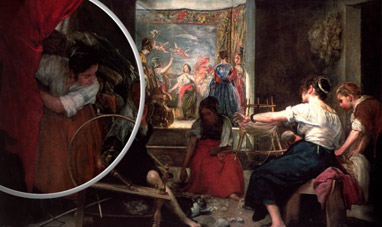

LAS HILANDERAS
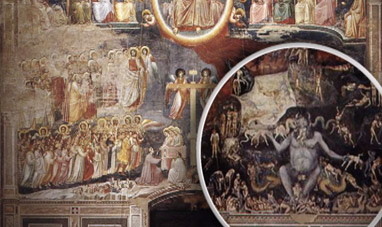

SCROVEGNI CHAPEL
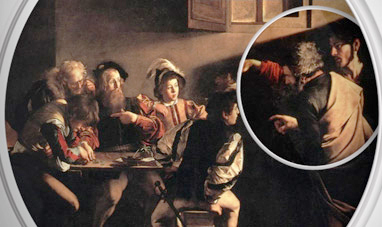

THE CALLING OF ST. MATTHEW


THE CRUCIFIX OF SANTA MARIA NOVELLA


LUIS BUÑUEL
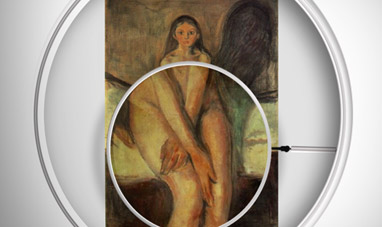

PUBERTY


ALEJANDRO JODOROWSKY


DAVID (MICHELANGELO)
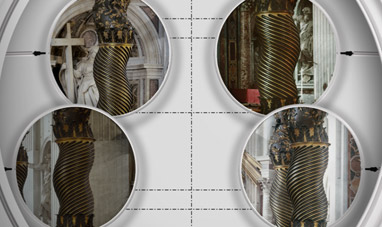

ST. PETER'S BALDACHIN
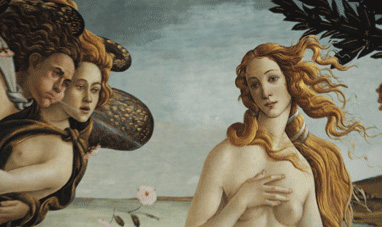

THE RENAISSANCE


JOSEPH BEUYS
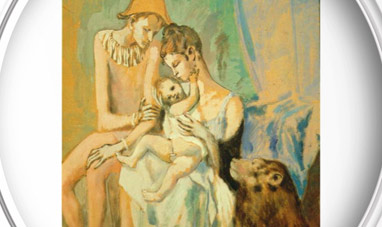

FAMILY OF ACROBATS, WITH MONKEY
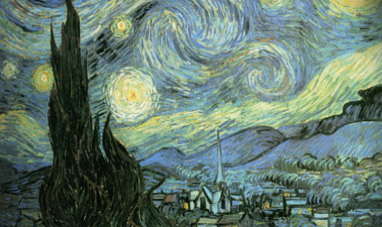

STARRY NIGHT


NEOCLASSICISM
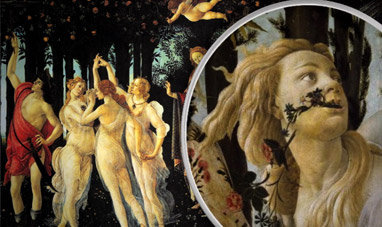

PRIMAVERA
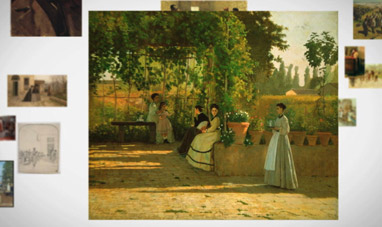

THE MACCHIAIOLI
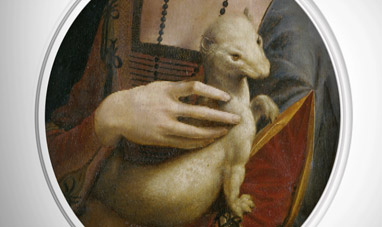

LADY WITH AN ERMINE


THE SISTINE CHAPEL
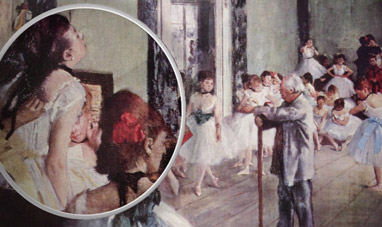

THE DANCE CLASS


THE THREE GRACES


BAROQUE
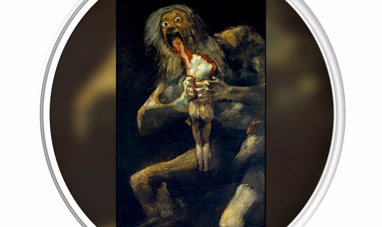

SATURN DEVOURING HIS SON


CARL GUSTAV JUNG


IMPRESSION, SUNRISE


GIOTTO-S-FRESCOES-IN-THE-ASSISI-CATHEDRAL


SOLOMON R. GUGGENHEIM MUSEUM
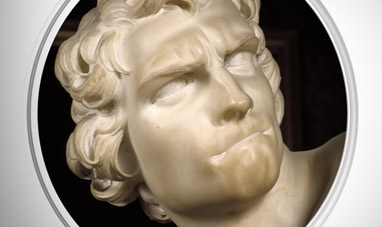

DAVID (BERNINI)


ERNST LUDWIG KIRCHNER
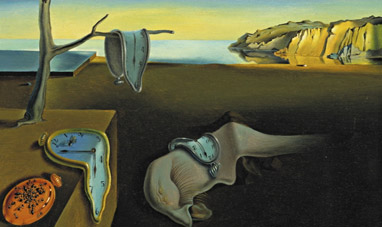

THE PERSISTENCE OF MEMORY
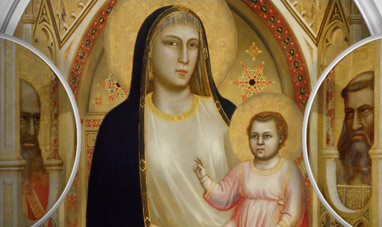

THE MADONNA DI OGNISSANTI
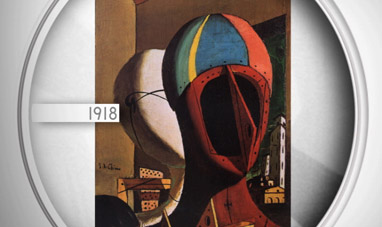

DISQUIETING MUSES
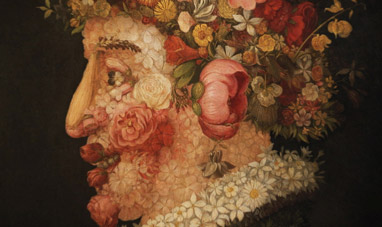

MANNERISM
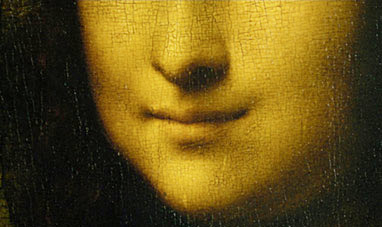

THE MONA LISA
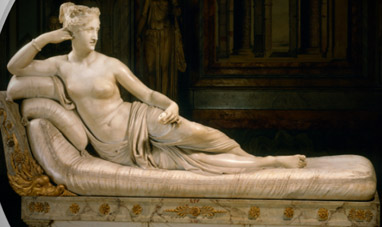

PAULINE BORGHESE
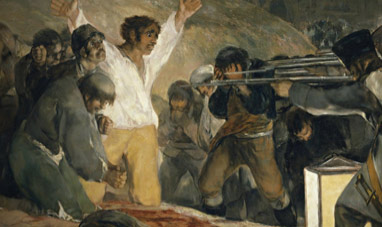

THE THIRD OF MAY 1808: THE EXECUTION OF THE DEFENDERS...
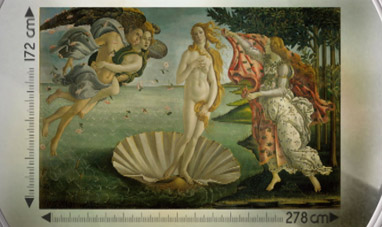

THE BIRTH OF VENUS
